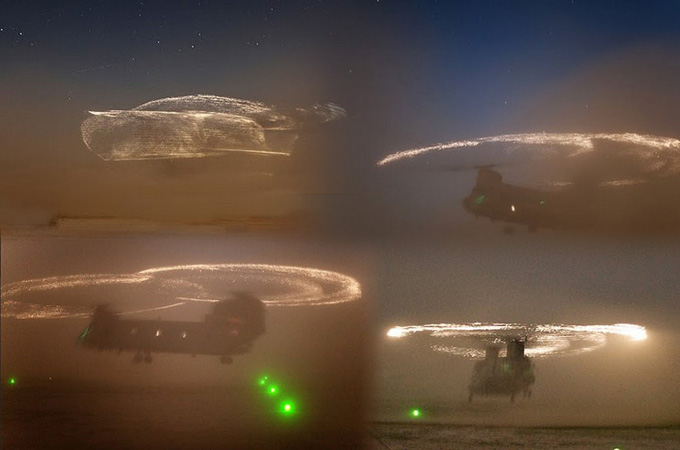 (Image © Michael Yon)
(Image © Michael Yon)
In the middle of a desert, a military helicopter creates a stunning show while initiating an impossible static electrical discharge, spectacular phenomenon for all the lucky viewers on site. Luckily someone had a camera, and probably, a permission to take photos of this amazing light show, so that we may enjoy this as well. It would be great if I had one of those and a desert with lots of sand in the air. Meanwhile, enjoy the photos.
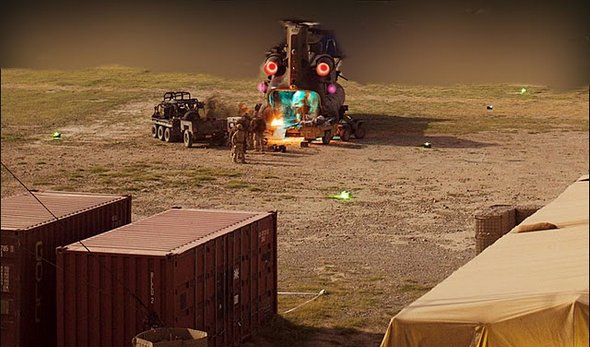 (Image © Michael Yon)
(Image © Michael Yon)
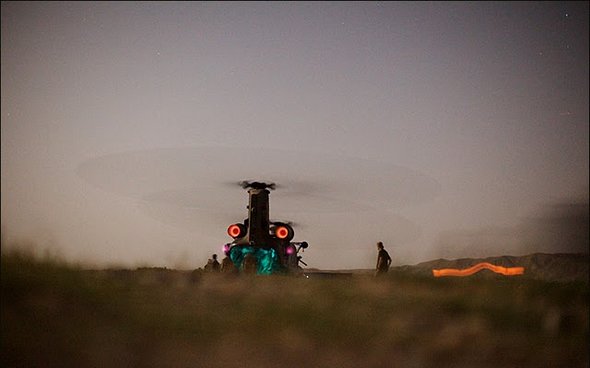 (Image © Michael Yon)
(Image © Michael Yon)
 (Image © Michael Yon)
(Image © Michael Yon)
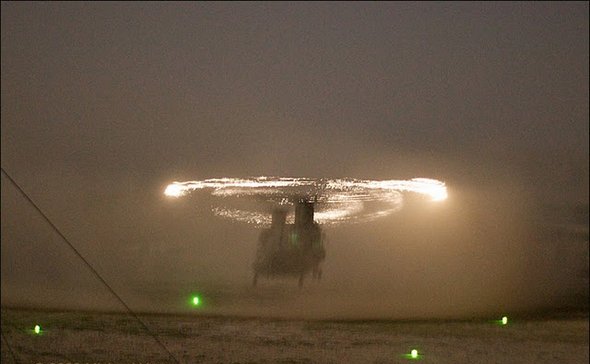 (Image © Michael Yon)
(Image © Michael Yon)
 (Image © Michael Yon)
(Image © Michael Yon)
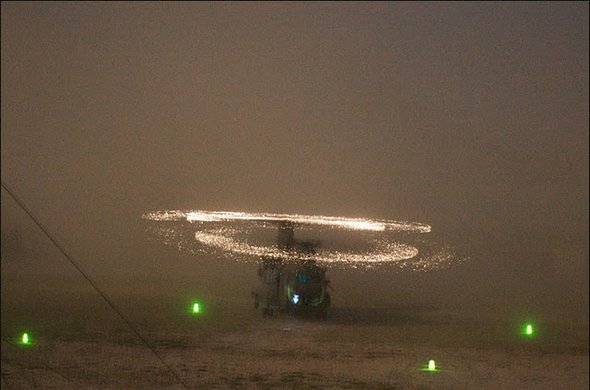 (Image © Michael Yon)
(Image © Michael Yon)
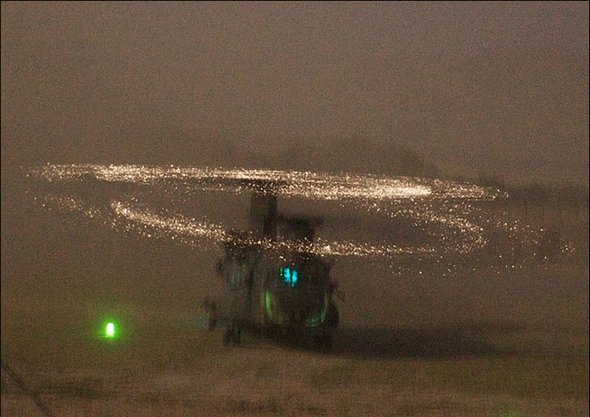 (Image © Michael Yon)
(Image © Michael Yon)
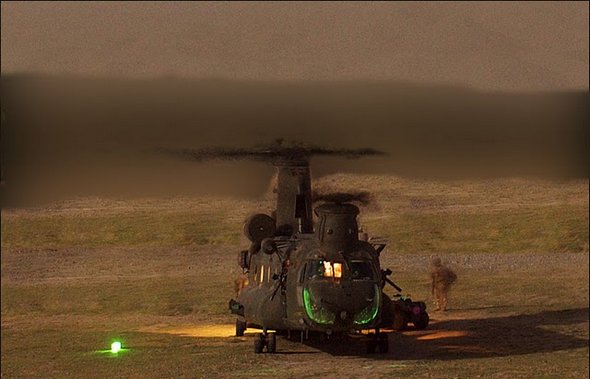 (Image © Michael Yon)
(Image © Michael Yon)
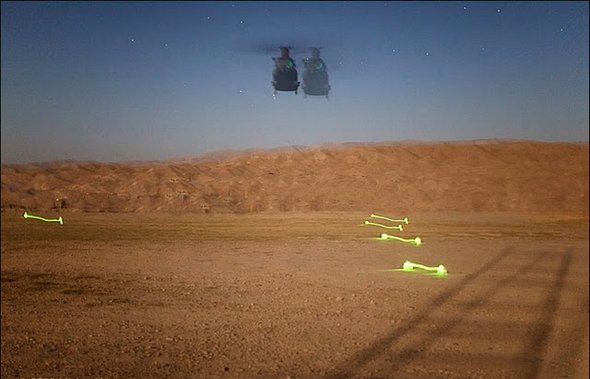 (Image © Michael Yon)
(Image © Michael Yon)
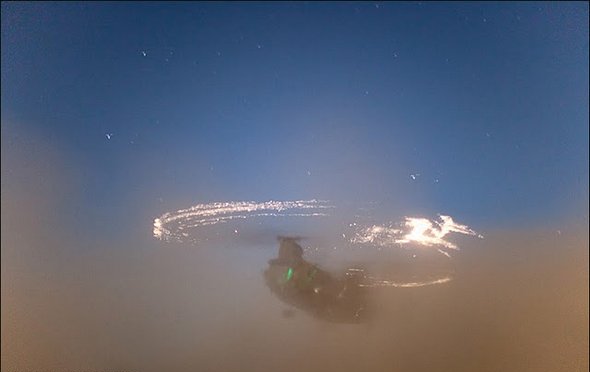 (Image © Michael Yon)
(Image © Michael Yon)
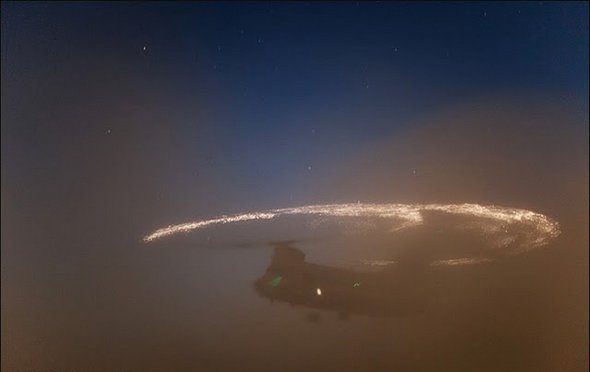 (Image © Michael Yon)
(Image © Michael Yon)
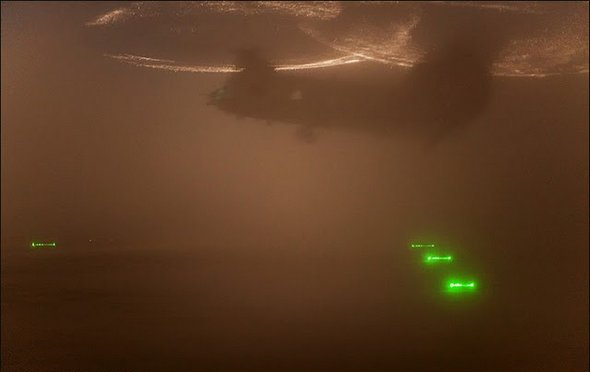 (Image © Michael Yon)
(Image © Michael Yon)
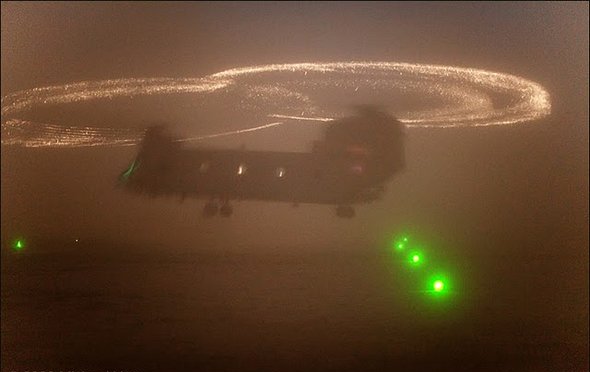 (Image © Michael Yon)
(Image © Michael Yon)
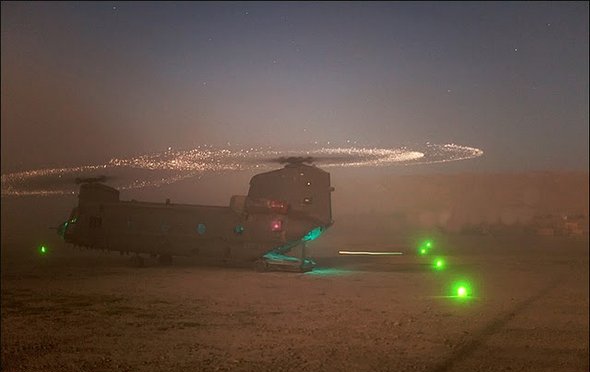 (Image © Michael Yon)
(Image © Michael Yon)


















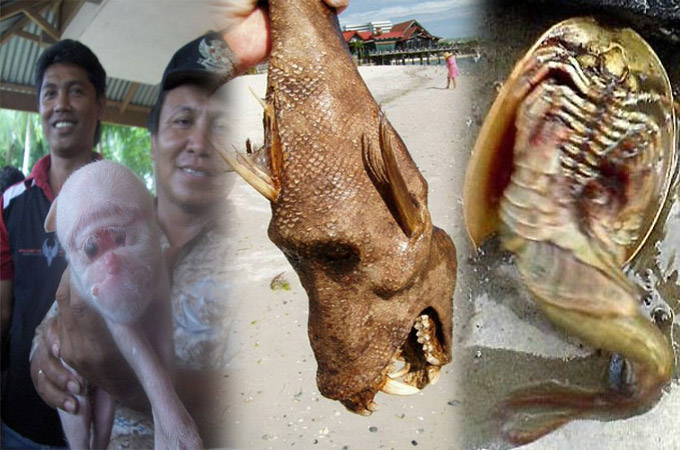

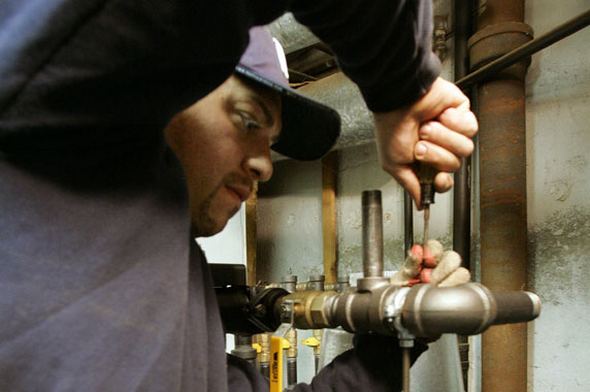
half of it i believe its real the other half is just the slow settings of the slr camera. in certain light conditions you got to set the camera right for it. thats why his getting double images and those extend light lines that kinda fades
Yes, really.
Its just the metal rotors rubbing against the iron filled or something sand making sparks
Not real!
Kopp-Etchells effect. From the sand striking the leading edge of rotor blade. Not static electricity.
One way to spot a fake (82ndAirborneSniper): mentions unit’s home base, but never any deployments.
Another way: putting ‘sniper’ at the end of his name. Safe bet this guy has never fired a rifle.
third way: “we rode in helicopters all the time….”
Your stories need a bit of fine tuning.
Those are great pictures! Michael Yon, a war correspondent and former special forces member, took them in Afghanistan. It is sad that this site didn’t even reference the fact that he was the photographer. Anyway, you can see more of his great work and read his reports from the front lines at //www.michaelyon-online.com.
The folks that are saying it is particles hitting the blades ARE CORRECT. It is NOT static electricity. Take a look at the color of the sparks – They are white – White sparks are from Titanium.
Gotta love it when kids try to win arguments by claiming their parents work with- or their professions are related to the matter or the topic.
Imagine how moot these would be without Google and Wikipedia…
Silicium Piezo affect Can Also Be The Sourche ?
Because the Light Does Not look Like Electrostatic Discharge With Lightningeffects?
It is Quite isolated to the Vincinity of Particles it Seems , So abrasioneffects with Streams of glowing Materials Also Do Not Seem to Fit?
Sand With Piezo Electric Discharges by a kick from the Rotors I Assume ..Sorry High Educated Ones!
when a helicopter is flown near to the ground in desert environments abrasion occurs, and at night there is a visible corona or halo around the rotor blades, caused by the sand hitting the titanium and causing it to spark and oxidize
even though Ike’s a di*k like everyone else on the internet….he’s right…it’s sand
lightning*
@Ike: from reading your comment and comparing it to others’ comments, it seems like you guys are saying quite literally the EXACT same thing just with different names and terms. I think you all need to shut your mouths and realize you are all saying the EXACT same thing with different terminology, with the exception to 82ndAirborneSniper. You have a completely wrong concept of science and physics here. static electricity is not created by rocks hitting metal. I believe the word you are looking for is “sparks”. static electricity can only create a spark if the electrons jump from a negative to a positive source. A natural example of this you might be familiar with would be lighting.
Oh Realli… you’re an idiot. You should keep your mouth shut from now on.
82ndAirborneSniper… you rode on a few helicopters so you must be an expert? You keep your mouth shut as well… as you obviously don’t know what you are talking about.
Now… as a former US Army UH-60 Blackhawk crewchief and mechanic I can say that this is NOT caused by static electricity. What you are seeing is sand hitting the nickel/titanium abrasion strip on the leading edge of the blade. When the sand hits it causes a spark. This is called the Kopp-Etchells effect.
I have well over 2200 flight hours in helicopters and have seen this many times. It looks so much better under night vision goggles!
It’s called St Elmo’s Fire and it occurs when fine debris or dust/ sand hit things at high speeds. A good example was when a plane flew through volcano ash and create the ‘fire’. If anything the helicopter will be gaining static from the friction with the sand.
82ndAirborneSniper, im not a military pilot or anything, but im a physicist and although I never heard of the phenomenon, Danno’s explanation sounds WAY more logical and conclusive than yours. If there is some component similar to flintstone in the rocks than the high kinetic energy with which the spinning chopper blades hit the dust particles can indeed cause sparks.
Static elecricity, on the other hand, would need to be built up and “stored” somewhere. but there would be no medium around to store it – Sand and air are very bad conductors and therefore can’t store much electric charge, I don’t think that would be enough to cause sparks. Also, why should the charge be built up in the first place? The blades hitting the dust? No.
I would love to hear your explanation – I take it you have a good one judging from your comment?
i was stationed at fort bragg – 82nd Airborne – we rode helicopters day and night. we also went to NTC, Danno…you idiot. it is static electricity…you moron…please people if you don’t know what the hell you are talking about…then just please stfu, Danno.
It’s not static, its a componenet in the rock dust that is kicked up by the turbulence of the chopper hitting the blades. This can also bee seen in the California/Nevada Desert area on military bases. I was stationed at one and on chopper training missions this was a common occurance.
pixie dust
That’ll be sure to burst some UFO nutters’ heads…